How much training is enough? The secrets to making long-term fitness progress
The key to making progress is to do just the right amount of training and no more. Hannah Reynolds sets out on a mission to quantify ‘enough’
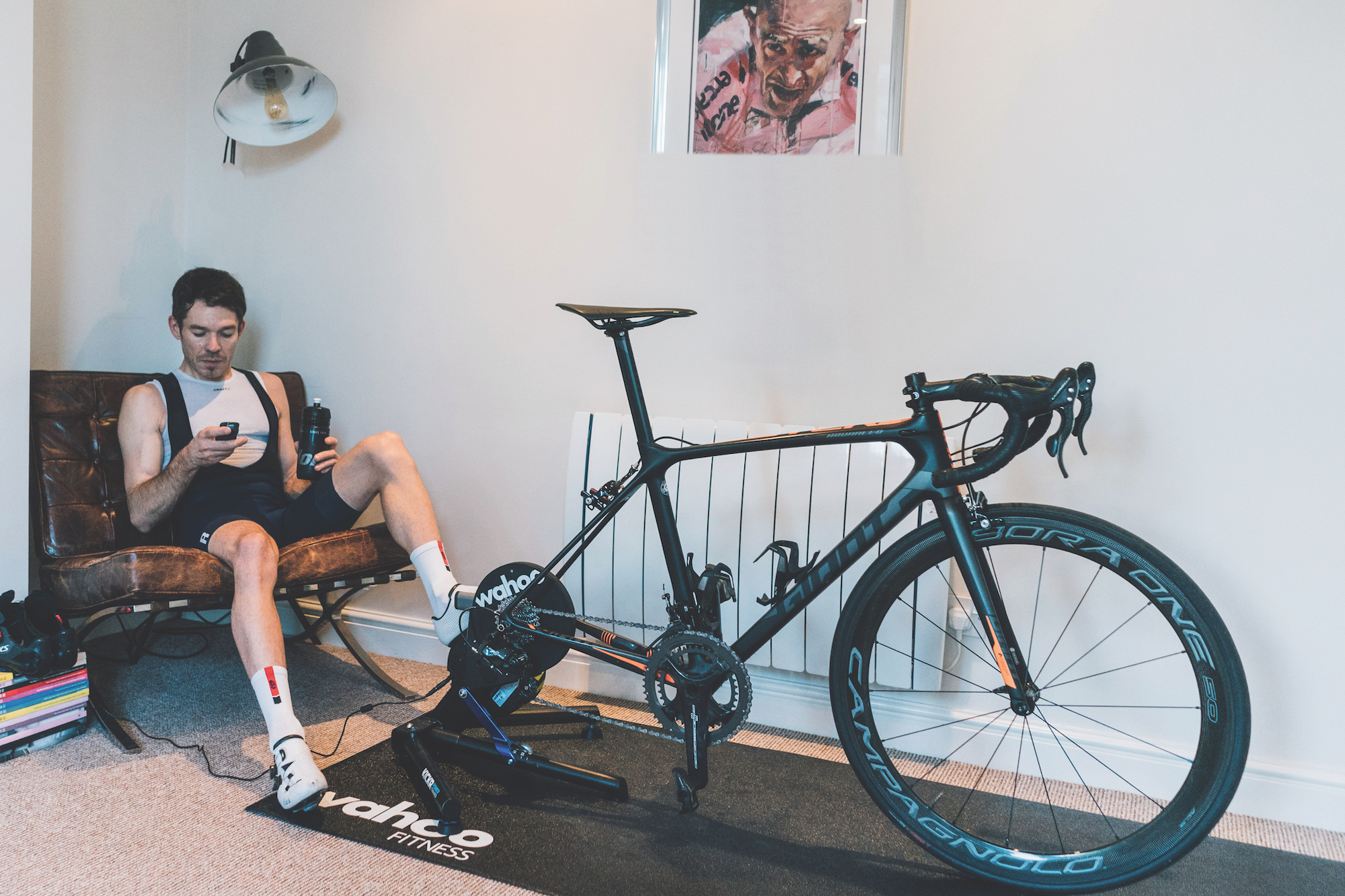
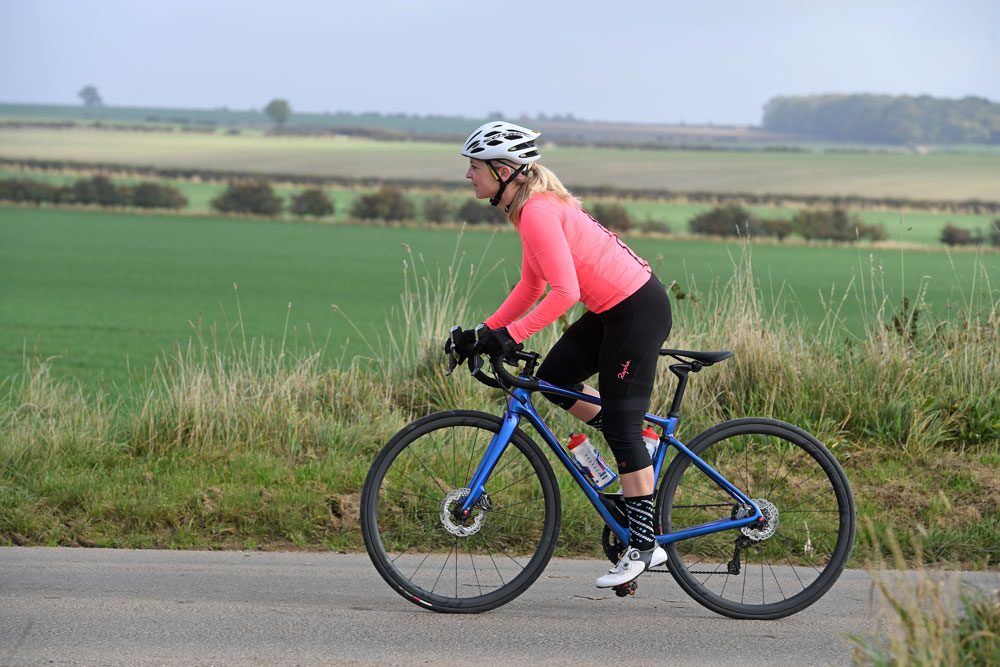
"The secret to endurance training is doing enough, but not too much."
This gold nugget of training advice comes from physiologist Dr Jamie Pringle, head of science and technical development at the Boardman Performance Centre. But with it he poses a question: how much is enough? Or, to put it the other way round, what’s too much? For an individual athlete, whether or not you have a coach, this question is at the very heart of making consistent progress.
>>> Subscriptions deals for Cycling Weekly magazine
If you ride regularly, you’ll be familiar with fatigue; it comes in many forms: the ‘lie down on your couch for the rest of Sunday’ tiredness after a challenging ride; the ‘thank goodness it’s a rest day tomorrow’ from a hard block of training; and the ‘I can’t contemplate looking at a bike, let alone riding one,’ when you have dug a hole so deep with continued training or racing that it is hard to see a way out of it.
Pringle likes to talk about the "training continuum" - a line that stretches from completely untrained/unfit at one end to overtrained at the other. Overtrained means completely unable to train or perform and showing myriad physical and psychological symptoms of burn-out. Normal well-managed amounts of training will see us making small movements around the centre of the line, as we go through the usual cycles of training, recovery and adaption. But when the balance of training-to-rest gets out of whack, we can head too far towards one or other end of the continuum.
It’s easy to know when you have done far too much; performance plummets, you feel tired, you lose motivation and you may get ill. Reaching this point is bad news for your fitness, as it means you have dug yourself a hole that will take some time to get out of. Monitoring where you are on the performance continuum and working out which way you are heading allows you to adjust your training before fatigue starts to impact your health or performance.
Myriad metrics
Get The Leadout Newsletter
The latest race content, interviews, features, reviews and expert buying guides, direct to your inbox!
How to monitor fatigue? On this question - despite having given us the wonderful soundbite "Do enough, but not too much" and having explained the idea of a training continuum - Pringle unfortunately doesn’t have such a succinct answer. "It is not that easy. There are many different metrics and methods used, all with varying success and often individualised to the athlete." Finding one infallible way of identifying fatigue levels, or where on the training continuum an athlete is, remains on the ‘to-do’ list for the sport science community.
The best approximation, as far as I can establish from talking to Pringle and other cycle coaches, lies in having a battery of tests at your disposal to build up a complete picture - no one metric alone can give you all the answers. James Spragg tells me: "Measuring fatigue is my job. It is central to the role of coach: I monitor fatigue and adaption to training. Without monitoring, you are crossing your fingers and hoping that things will go in the right direction."
Fatigue is part and parcel of training; simplistically speaking, you do some training, it makes you tired, you recover and your body adapts.
>>> Cycling Weekly is available on your Smart phone, tablet and desktop
"You can only adapt positively to a training stimulus with adequate recovery," explains Spragg. "My goal as a coach is to keep the cycle positive so the rider continues to gain fitness."
The fatigue that comes with training is referred to as functional or non-functional overreaching. Functional overreaching is short-term fatigue that you can recover from quickly. "You are then ready to crack on with training again," explains Spragg. Non-functional overreaching takes too long to recover from - "sometimes weeks, by which time you will have lost all the fitness gains you may have made."
For many cyclists, training means traversing the knife-edge between 'enough' and 'nearly too much'. However, according to Spragg, your best bet is never to get too close to the edge. "My approach is that I want athletes to do as little as possible to get a positive adaptation." In other words, doing more than is necessary to produce a positive adaptation is just adding to your fatigue levels - with little or no extra gain.
Adaptation algorithms
How we adapt to training and how much fatigue we feel is very individual. It depends on a whole host of variables including, but not limited to, current fitness level, previous fitness level, other life stresses, sleep and nutrition. Even how you personally respond to the same session may vary from one time to the next. It is almost impossible to accurately predict what level of fatigue a given level of training stress will induce.
Algorithms such as TrainingPeaks Training Stress Score (TSS), or the ‘Fitness and Freshness’ function on Strava, or predicted recovery times based on heart rate, attempt to give some indication - but have limited predictive power.
"Training scores only quantify how much training you have done; they don’t tell you anything about your adaptation," says Spragg. There is another flaw in all of these scores - they don’t take into account the way your training stress was accumulated. A very short, very hard sprint interval session and a steady three-hour ride have a similar stress score but are very different in terms of recovery needs and time required for adaption.
Spragg uses a range of metrics to keep an eye on his clients’ fatigue; together, they feed into an overall picture of that client and their current position on the training continuum. The three key methods are a six-question daily questionnaire, a weekly test and a further on-bike test, performed as needed. It sounds like a lot, but Spragg assures me, "a lot of my clients aren’t full-time athletes, they are very busy people; they don’t have time for daily conversations or to fill in vast questionnaires on how they are feeling. Regular on-bike tests tell me what is going on at the pedal, and this helps me to see the bigger picture easily."
The six daily questions are subjective and help riders assess their readiness to train — loosely based on the profile of mood states (POMS) questionnaire, originally 65 questions but significantly reduced thanks to some research that identified the most pertinent questions.
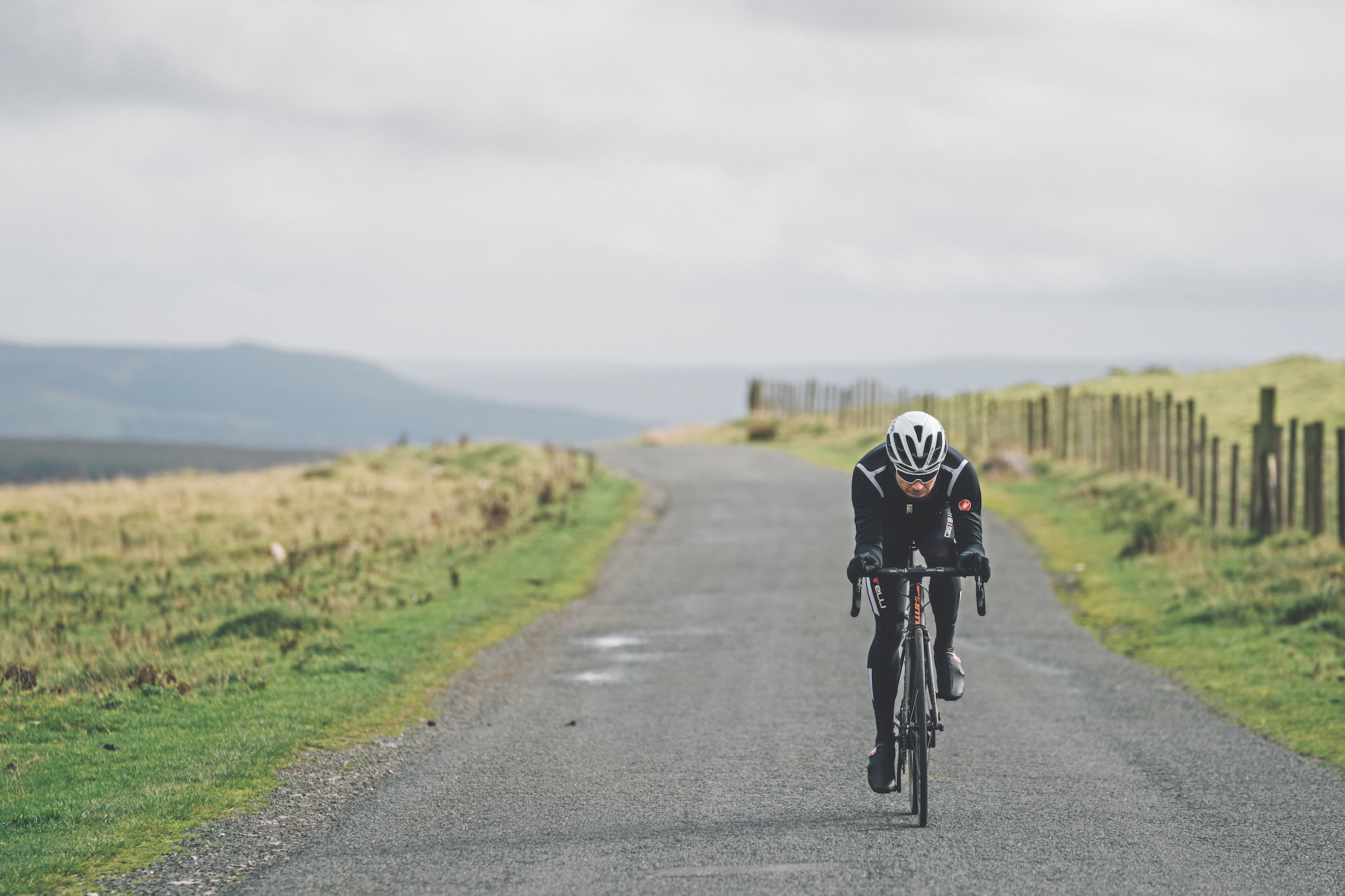
The once-weekly on-bike test is the Lambert and Lambert sub-maximal cycling test (LSCT), a four-stage test based on holding a percentage of maximum heart rate. Maximal and sub-maximal heart rates remain relatively unchanged across a cycling season; a higher power for the same heart rate suggests a training improvement, whereas a lower power for the same heart rate indicates a loss of fitness and/or greater fatigue.
"[The LSCT] takes 17 minutes, and we do it instead of an easy ride," says Spragg. "It’s the most useful tool I’ve integrated into my coaching sport science practice. I use it with pro athletes through to amateurs; it tells me more than any other test I’ve used." The caveat is that its usefulness depends on the quality and depth of data, as well as Spragg’s ability to interpret it.
The third frequently used metric is a ride based on feel; athletes are asked to ride at what they perceive to be a six-out-of-10 effort with their heart rate and power concealed. The data is recorded and monitored over time. "After a hard block of training, you expect power and heart rate for perceived effort to drop due to tiredness," says Spragg. Once recovery takes hold, power and heart rate start to rise; you are ready to train hard again once the numbers have stabilised. "It is something very simple to track what is going on."
Identifying fatigue
A drop-off in power is a key marker coaches and riders look for in identifying fatigue. Dr Barney Wainwright, head of science and tech development at the Boardman Performance Centre, is working on research into technique and movement patterns in cycling, which may in the future shed more light on identifying fatigue.
Pedalling Effectiveness Score (PES) is Wattbike’s latest project. You may have used the original Polar View which used a force diagram to show where you were applying force throughout the pedal stroke. Those with poor effectiveness produced a peanut shape while those with good effectiveness a sausage shape profile. PES has simplified this to a score out of 100, with 70-80 being optimal.
"PES is a surrogate measure of mechanical efficiency," explains Wainwright. "With fatigue, movement patterns change. Due to neural fatigue and muscle fatigue, our bodies create more movement variability. Understanding mechanical efficiency is a big, untapped area. No one knows much about it but it can tell us so much about performance."
Other sports have used rate of force development as a measure of fatigue - for example, how fast and how high you can jump. "Force development works in other sports as a measure of acute and chronic fatigue. There may be scope for measuring the peak force generated by a cyclist as they pass top dead centre of their pedal stroke and equating it to fatigue." Inconsistency may indicate fatigue.
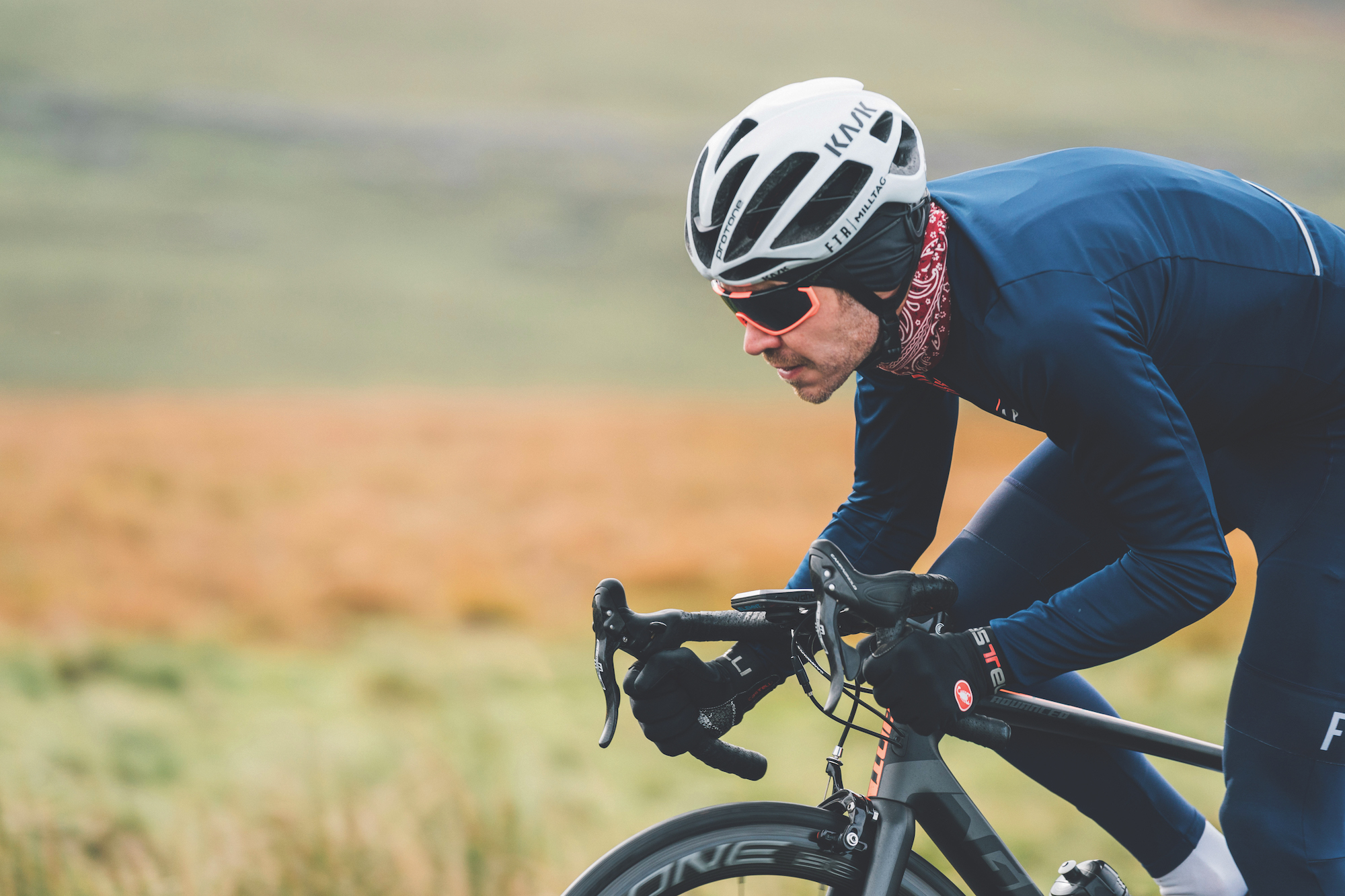
"Anecdotally, when you are fresh and not very fatigued, your PES score might be very good. As you fatigue, it may go down." This is an exciting possibility — with a caveat: "We have a lot of research to get through before we can be certain."
PES almost certainly has a role in our future understanding of how much is enough, but it won’t be a silver bullet. "You are searching for a holy grail that applies to all situations, understanding what limits adaptation," cautions Wainwright. "The question is so broad, it means different things for different situations. Rate of force development might be really appropriate for a sprint session but might not be that appropriate for someone training for a long-distance ultra event like the Transcontinental."
Wainwright introduces a new take on freshness: "What’s interesting is training optimisation, doing the right training at the right time so that the body can adapt." Knowing how fresh you are could determine what type of training you do that day, or in a race situation whether it’s your day to sit in or go for the big attack. "It is not that far away. The technology is there to create an individualised measure of your muscle freshness."
Feel the way
When it comes to fatigue, testing is useful, but good old-fashioned ‘feel’ should never be neglected. "If an athlete’s not feeling it, they are not feeling it. They know their bodies much better than any metric," says Spragg. "Testing is there for guidance and information only."
Wainwright concurs: "Subjective measures are still the most accurate. I’ve been through the process of looking for external objective measures and they didn’t have a strong enough evidence base."
Tests of course have value but there is no one single measure that should be relied on. When it comes to analysing metrics and informing decisions, context is everything.
"There might be some objective measures that are better than others," says Wainwright, "but don’t put all your eggs in one basket without due diligence of knowing that athlete [or self-awareness, if you don’t have a coach] and consistently recording subjective measures."
Subjective measures and feel are still among the most reliable methods of determining athletes’ recovery and readiness to train. A daily check-in with yourself is beneficial for everyone riding regularly. Muscular discomfort, motivation and feelings of fatigue are useful to record, so you get an idea of what is your normal. Ideally, make a note of it so that it can be monitored over time.
Your mood can also give a very good indication of how ready you are to train. Spragg tells a story about a coach who used to put a hair in the yoghurt at breakfast - the rider who picked out the hair without comment was OK to train, whereas the rider who blew up in annoyance needed a rest day. Another coach tells me he had a male rider who gauged his freshness based on his level of morning arousal! Laughter aside, it may be a pretty accurate measure, since not having morning erections is known to indicate low levels of testosterone.
Doing enough, but not too much, is the goal for every rider but unfortunately there is no definitive answer to the question of how much is enough. As with most things training-related, there is no one-size-fits-all solution. A better question is, ‘How much is enough for me, right now?’ or, to give it a different slant, ‘How little can I get away with doing which will still get me fit?’ Constant monitoring and adjustment of training load is the only way to maintain your optimal place on the training continuum; rest assured, science is getting ever better at finding ways to monitor and predict effectively.
Fatigue is a normal part of the training cycle, as can be seen in this graph. By applying some training stimulus to the body, you incur fatigue. Fitness drops slightly as you rest and recover, then increases as you adapt to the stimulus, thus becoming fitter. In a positive cycle your fitness keeps increasing as you rest and recover in sufficient amounts relative to the training stimulus.
This feature is originally from December 2019 and appeared in the print edition of Cycling Weekly, on sale in newsagents and supermarkets, priced £3.25.

Thank you for reading 20 articles this month* Join now for unlimited access
Enjoy your first month for just £1 / $1 / €1
*Read 5 free articles per month without a subscription

Join now for unlimited access
Try first month for just £1 / $1 / €1
Hannah Reynolds interest in cycling began while studying for a degree in Sports Science at the University College Chichester and surrounded by elite level cyclists. She is now undertaking a PhD at Sheffield Hallam University investigating the use of e-bikes by older people.
A committed dabbler whose passion outweighed her talent Reynolds has competed across all disciplines of cycling bar BMX. In the very distant past she has been south-east road race champion, southern cyclo-cross champion and finished third in the European 24hr Solo mountain-bike champs in 2011. She was also the Fitness Editor of Cycling Weekly for 15 years.
Hannah Reynolds is author of several cycling books, France-en-Velo a guide to the ultimate 1000 mile cycle route from the Channel to Med; Britain's Best Bike Ride. LEJOG1000; A 1000 mile journey from Land's End to John o' Groats and 1001 Cycling Tips.
-
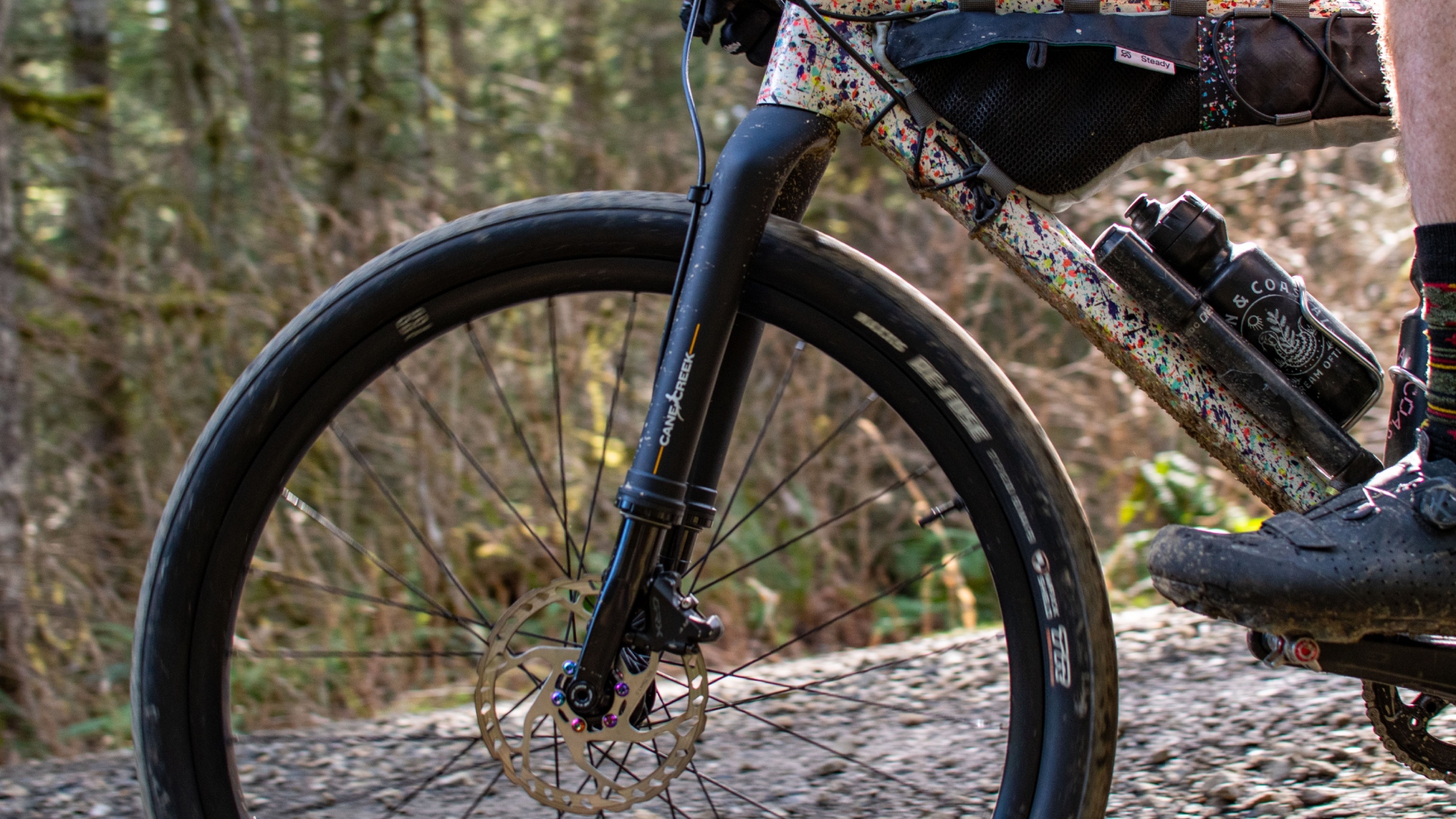 Review: Cane Creek says it made the world’s first gravel fork — but what is a gravel fork, and how does it ride?
Review: Cane Creek says it made the world’s first gravel fork — but what is a gravel fork, and how does it ride?Cane Creek claims its new fork covers the gravel category better than the mini MTB forks from RockShox and Fox, but at this price, we expected more.
By Charlie Kohlmeier
-
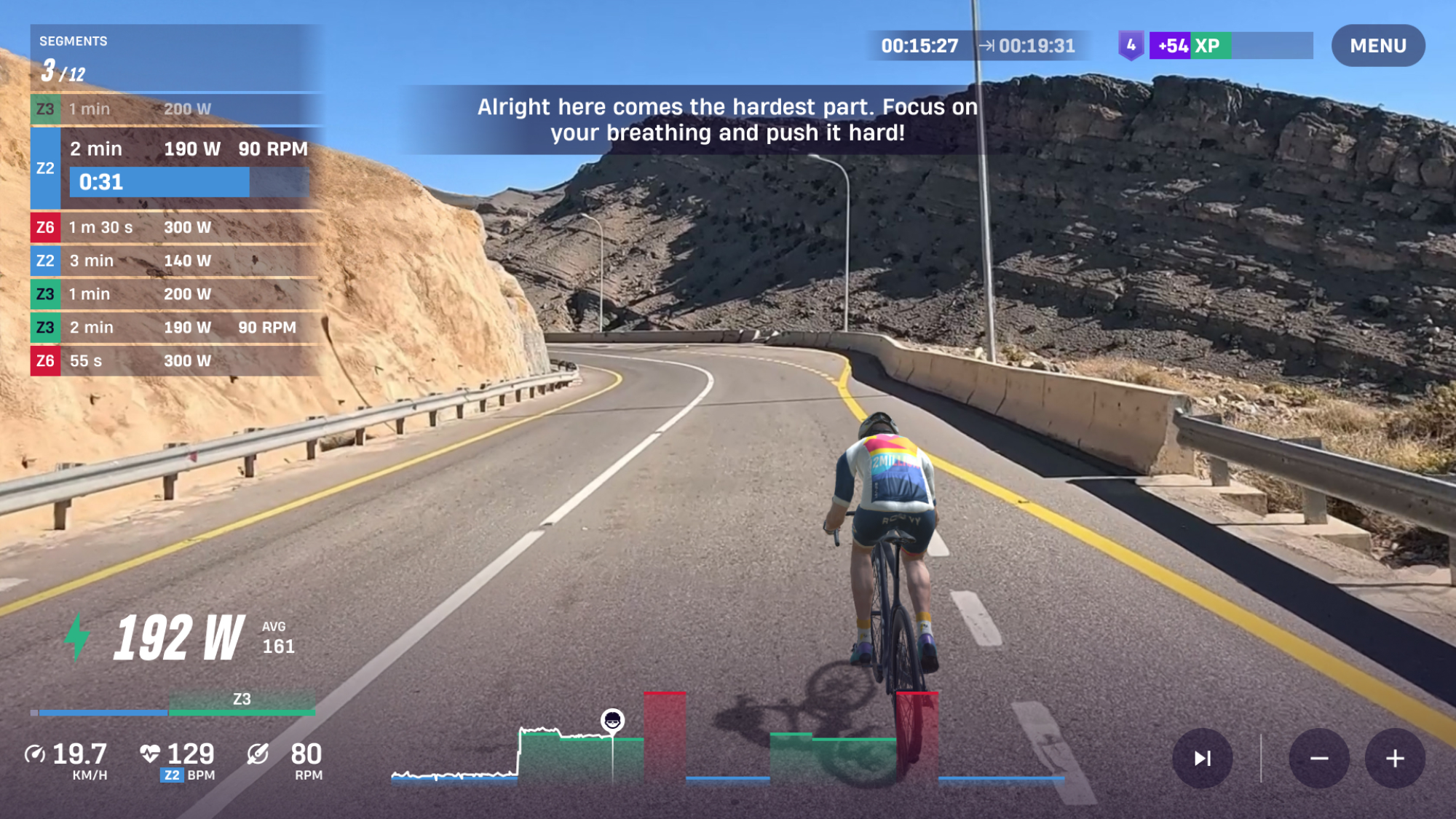 ROUVY's augmented reality Route Creator platform is now available to everyone
ROUVY's augmented reality Route Creator platform is now available to everyoneRoute Creator allows you to map out your home roads using a camera, and then ride them from your living room
By Joe Baker